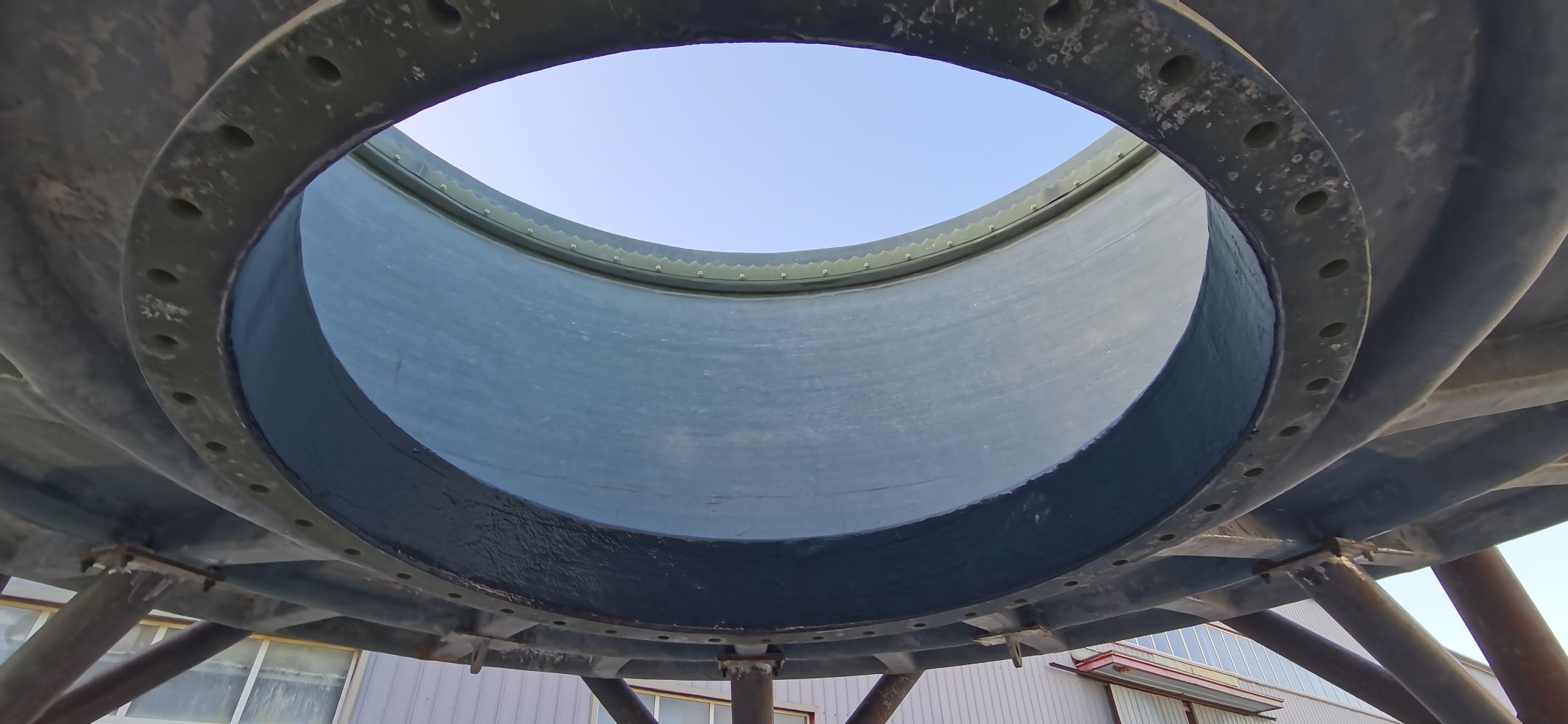
-
 Afrikaans
Afrikaans -
 Albanian
Albanian -
 Amharic
Amharic -
 Arabic
Arabic -
 Armenian
Armenian -
 Azerbaijani
Azerbaijani -
 Basque
Basque -
 Belarusian
Belarusian -
 Bengali
Bengali -
 Bosnian
Bosnian -
 Bulgarian
Bulgarian -
 Catalan
Catalan -
 Cebuano
Cebuano -
 China
China -
 China (Taiwan)
China (Taiwan) -
 Corsican
Corsican -
 Croatian
Croatian -
 Czech
Czech -
 Danish
Danish -
 Dutch
Dutch -
 English
English -
 Esperanto
Esperanto -
 Estonian
Estonian -
 Finnish
Finnish -
 French
French -
 Frisian
Frisian -
 Galician
Galician -
 Georgian
Georgian -
 German
German -
 Greek
Greek -
 Gujarati
Gujarati -
 Haitian Creole
Haitian Creole -
 hausa
hausa -
 hawaiian
hawaiian -
 Hebrew
Hebrew -
 Hindi
Hindi -
 Miao
Miao -
 Hungarian
Hungarian -
 Icelandic
Icelandic -
 igbo
igbo -
 Indonesian
Indonesian -
 irish
irish -
 Italian
Italian -
 Japanese
Japanese -
 Javanese
Javanese -
 Kannada
Kannada -
 kazakh
kazakh -
 Khmer
Khmer -
 Rwandese
Rwandese -
 Korean
Korean -
 Kurdish
Kurdish -
 Kyrgyz
Kyrgyz -
 Lao
Lao -
 Latin
Latin -
 Latvian
Latvian -
 Lithuanian
Lithuanian -
 Luxembourgish
Luxembourgish -
 Macedonian
Macedonian -
 Malgashi
Malgashi -
 Malay
Malay -
 Malayalam
Malayalam -
 Maltese
Maltese -
 Maori
Maori -
 Marathi
Marathi -
 Mongolian
Mongolian -
 Myanmar
Myanmar -
 Nepali
Nepali -
 Norwegian
Norwegian -
 Norwegian
Norwegian -
 Occitan
Occitan -
 Pashto
Pashto -
 Persian
Persian -
 Polish
Polish -
 Portuguese
Portuguese -
 Punjabi
Punjabi -
 Romanian
Romanian -
 Russian
Russian -
 Samoan
Samoan -
 Scottish Gaelic
Scottish Gaelic -
 Serbian
Serbian -
 Sesotho
Sesotho -
 Shona
Shona -
 Sindhi
Sindhi -
 Sinhala
Sinhala -
 Slovak
Slovak -
 Slovenian
Slovenian -
 Somali
Somali -
 Spanish
Spanish -
 Sundanese
Sundanese -
 Swahili
Swahili -
 Swedish
Swedish -
 Tagalog
Tagalog -
 Tajik
Tajik -
 Tamil
Tamil -
 Tatar
Tatar -
 Telugu
Telugu -
 Thai
Thai -
 Turkish
Turkish -
 Turkmen
Turkmen -
 Ukrainian
Ukrainian -
 Urdu
Urdu -
 Uighur
Uighur -
 Uzbek
Uzbek -
 Vietnamese
Vietnamese -
 Welsh
Welsh -
 Bantu
Bantu -
 Yiddish
Yiddish -
 Yoruba
Yoruba -
 Zulu
Zulu
Advanced Solutions for Efficient Mining Equipment and Resource Extraction Techniques
The Evolution of GRP Mining Equipment Innovations and Impact on the Industry
Glass Reinforced Plastic (GRP), also known as fiberglass, has continuously revolutionized various industries, and mining is no exception. The use of GRP in mining equipment exemplifies a significant advancement in terms of durability, efficiency, and safety. The incorporation of GRP in mining operations reflects the industry's ongoing commitment to embracing innovative materials that enhance both performance and sustainability.
Advantages of GRP in Mining Operations
One of the primary benefits of using GRP for mining equipment is its exceptional strength-to-weight ratio. Unlike traditional materials like steel, GRP is considerably lighter while offering comparable, if not superior, strength. This characteristic allows for easier handling, transportation, and installation of mining equipment. For instance, GRP components can be designed to fit into tight spaces, which is often a constraint in underground mining operations.
Moreover, GRP is highly resistant to corrosion, making it ideal for harsh mining environments where equipment is exposed to moisture, chemicals, and abrasive materials. The resilience of GRP minimizes maintenance costs and prolongs the lifespan of mining tools. Equipment made from GRP can withstand the rigors of mining without succumbing to rust or degradation, ultimately leading to reduced operational downtime.
Environmental Impact and Sustainability
Sustainability has become a core focus in the mining industry, and the adoption of GRP technology plays a significant role in promoting greener practices. Manufacturing GRP can involve fewer harmful emissions compared to metal counterparts, making it a more environmentally friendly choice. Additionally, the longevity of GRP equipment reduces the frequency of replacements and the associated waste produced over time. As the industry looks to reduce its carbon footprint, utilizing GRP materials aligns with broader environmental goals and regulations.
grp mining equipment

Safety Enhancements in Mining Operations
Safety is paramount in the mining sector, and GRP contributes to a safer working environment. The non-conductive nature of GRP makes it an ideal choice for electrical components and tools used in mining, minimizing the risk of electrical accidents. Additionally, GRP's lightweight design reduces the physical strain on workers during equipment handling, thereby decreasing the likelihood of injuries. The ease of visibility of GRP equipment, due to its potential for vibrant coloring, can also enhance safety by improving equipment visibility in dimly lit mining environments.
Future Prospects for GRP Mining Equipment
As technology continues to advance, the future of GRP mining equipment looks promising. Ongoing research and development in material sciences aim to enhance the properties of GRP, making it even more suitable for the demanding mining sector. Innovations such as the integration of sensors into GRP components could lead to smarter mining equipment capable of monitoring conditions and improving operational efficiency.
Moreover, the rise of automation and remote-controlled machinery in mining presents opportunities for GRP to be utilized in sophisticated equipment designs. As the industry moves towards automation, materials that can withstand the rigors of technology and remain cost-effective will be crucial.
In conclusion, GRP mining equipment is at the forefront of the industry's evolution towards enhanced efficiency, safety, and sustainability. As mining operations continue to embrace innovative materials, the long-term benefits of GRP will likely play a pivotal role in shaping the future of mining. With ongoing advancements, GRP is set to redefine the standards for mining equipment, ensuring the industry remains resilient and adaptive in the face of changing demands and environmental considerations.









